- Health Conditions A-Z
- Health & Wellness
- Nutrition
- Fitness
- Health News
- Ayurveda
- Videos
- Medicine A-Z
- Parenting
- Web Stories
Delhi Air Quality Continues To Be In Red Zone: 5 Ways You Can Protect Your Eyes From Pollution

Eye Health (Credit: Canva)
Air Quality of Delhi has been in the red zone since Diwali, making health experts worried. The plunge came as the government rushed to impose precautionary measures against the upcoming winter season and resulting smog. "inter is coming and the level of air pollution is increasing, "Delhi Environment Minister Gopal Rai said.
What Is Air Pollution?
Harvard Health describes pollution as anything that is introduced into the environment by humans and that harms health and the ecosystem. Its subtype, air pollution, encompasses the burning of fossil fuels (coal, gas, oil) and wildfires, that release toxic gasses in the environment. Indoor, air pollution, on the contrary, involves burning fireplace and home cookstoves that use gas, coal and biomass fuels.Does High AQI Affect Eye Health?
High Air Quality Index (AQI) and air pollution can significantly affect eye health. Exposure to pollutants like particulate matter (PM), ozone, and nitrogen dioxide irritates the eyes, leading to discomfort, dryness, redness, and even more serious conditions over time. The tiny particles present in polluted air can penetrate the eyes, causing inflammation and potentially leading to long-term damage, such as conjunctivitis, cataracts, or increased risk of eye infections. People with pre-existing conditions like dry eyes, allergies, or asthma are particularly vulnerable.Prolonged exposure to poor air quality can also exacerbate symptoms of eye conditions, including eye strain, irritation, and blurry vision. Those living in areas with high air pollution may notice increased eye sensitivity, particularly during peak pollution times, like smog-filled days.
To protect your eyes from the harmful effects of air pollution, here are some preventive measures to follow:
Wear Sunglasses: Sunglasses can act as a protective barrier, reducing direct exposure to UV rays and airborne irritants. Opt for sunglasses with a wraparound design for maximum protection.
Use Lubricating Eye Drops: To combat dryness and irritation, use lubricating eye drops to keep your eyes moisturized, especially if you are exposed to polluted environments.
Stay Indoors During High Pollution: Check air quality levels regularly and stay indoors when pollution levels are high, especially during morning or evening rush hours.
Keep Windows Closed: On days with high pollution, keep your home or car windows closed to prevent pollutants from entering.
Invest in an Air Purifier: Using an air purifier with a HEPA filter in your living and working spaces can help reduce indoor air pollution, improving overall air quality.
Practice Good Eye Hygiene: Regularly wash your face and hands to remove any pollutants, and avoid rubbing your eyes to prevent irritation and infection.
How To Identify A Counterfeit Ozempic? Look For These Signs, Details Inside
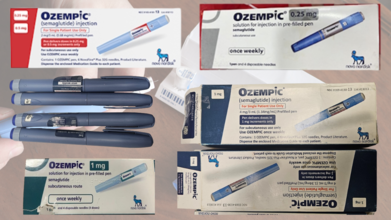
Credits: FDA, TGA, Securing Industry
Recently, an Iowa-based pharma company is dragged in an Ozempic lawsuit, reason? For selling counterfeit Ozempic.
What Is Ozempic?
Ozempic is a popular drug used for diabetes and weight-loss. Its official website notes that a medicine prescribed for people with type 2 diabetes and it comes in injection of .5mg, 1mg, or 2mg. It is injectable along with diet and exercise to improve blood sugar in people with type 2 diabetes.
The website also notes that it is the "first and only medicine in its class (GLP-1) proven to help lower the risk of worsening kidney diseases, kidney failure, and death due to cardiovascular disease in adults who also have chronic kidney disease".
What Happens When You Consume Counterfeit Ozempic?
The presence of fake Ozempic in the market is alarming. They are sold in lower prices, and could cause serious dangers to your life. One of the reasons being that these counterfeit Ozempic drugs may not have undergone the rigorous safety and efficacy testing that genuine medications do.
As per the Shapiro Legal Group, in 2023, incidents involving counterfeit Ozempic led to serious health emergencies in the United States.
ALSO READ: Iowa-based Pharmacy Faces Charges For Selling Counterfeit Ozempic
Three individuals experienced dangerously low blood sugar levels, after using the Ozempic pen. The pen instead contained insulin glargine, a medication used for long-acting blood sugar control in patients with diabetes. As per America's Poison Control Centers, all three of these cases were reported by the same regional poison control center, which meant that there might be a concentrated source of counterfeit Ozempic.
The Health Risks Counterfeit Ozempic Puts You At
Hypoglycemic Shock
This happens when your blood sugar levels drop dangerously low, and leads to confusion, trembling, heart palpitations, and sweating. Counterfeit Ozempic containing insulin instead of semaglutide can induce this condition unexpectedly in non-diabetics.
Coma
It is a deep state of unconsciousness, which can be triggered by severe hypoglycemia.
Infections
This can happen if you use non-sterile counterfeit Ozempic injections, which can introduce bacteria into the body. The signs could be redness, swelling, pain, itching, and pus at the injection site.
Seizures
This can happen when your counterfeit Ozempic contains insulin. As a result, it your blood sugar can drop and lead to uncontrollable jerking movements, loss of consciousness, and confusion.
How To Identify Counterfeit Ozempic?

The World Health Organization (WHO) has identified that counterfeit Ozempic have few features that consumers must be vary about. These include:
- Lot Number and Serial Number
- Pen's Scale
- Label Quality
- Spelling Mistakes
How To Check Lot Number And Serial Number For Fake Ozempic?
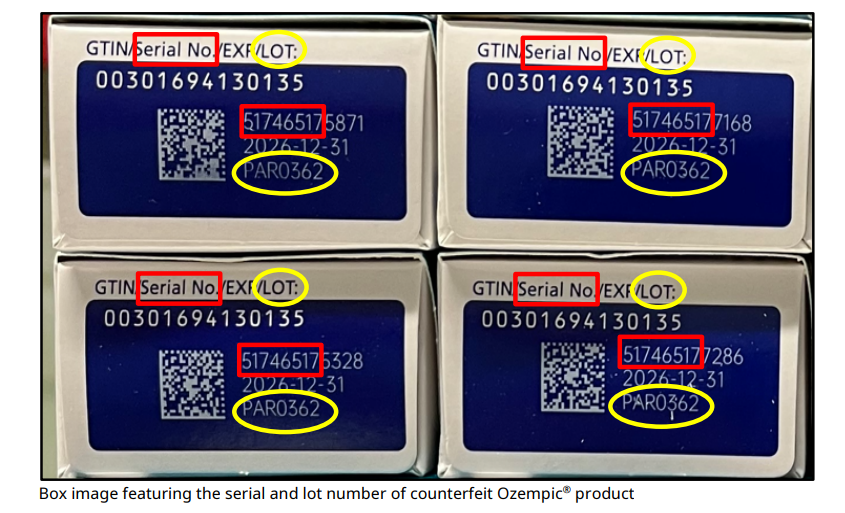
Novo Nordisk, a global health company in its press release noted that Ozempic box that has a lot number PAR0362, and serial number that begins with the first eight digits: 51746517 are not authentic. Novo Nordisk has asked people to report to Food and Drug Administration (FDA) in case they come across counterfeit Ozempic.
How To Check Pen's Scale For Fake Ozempic?

The WHO notes that falsified Ozempic pens may have a scale extending out from the pen when settling the dose. Therapeutic Goods Administration (TGA), under the Department of Health, Disability and Ageing, Australia also provides photos of extended pen scale on its website.
How To Check The Label Quality For Fake Ozempic?
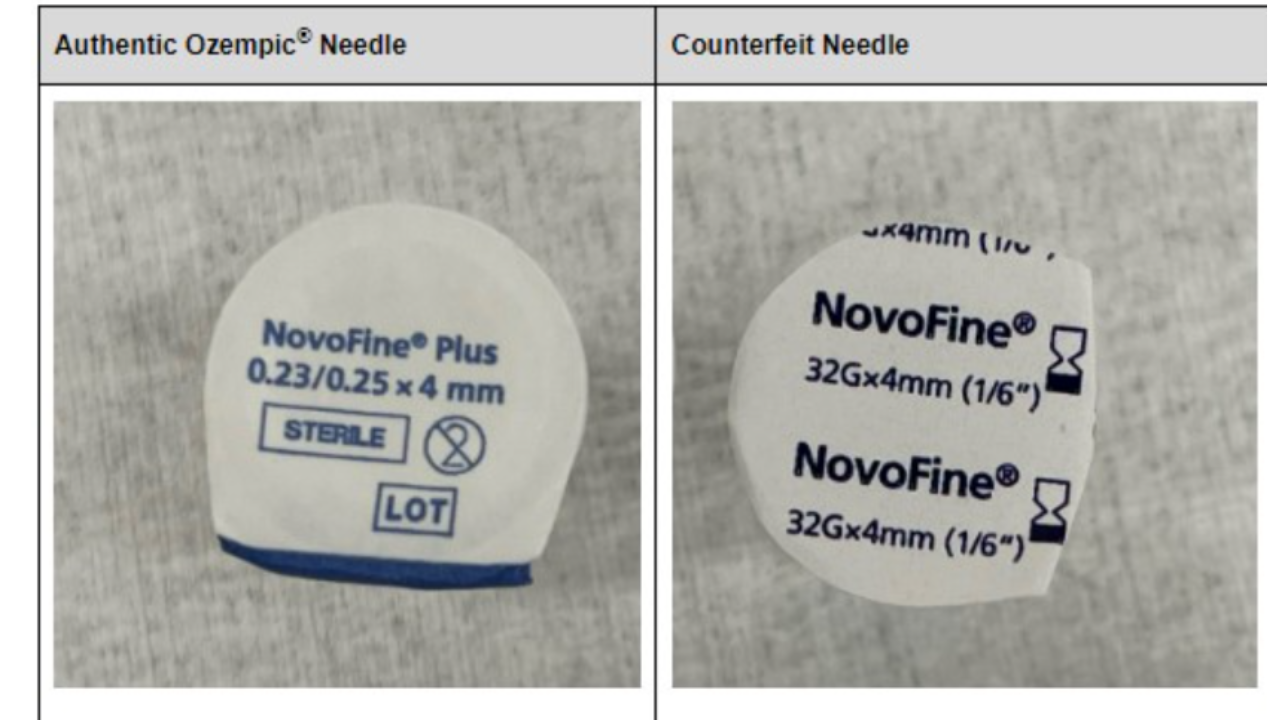
FDA has provided photo evidence for consumers to differentiate between a fake and an authentic Ozempic needle, by looking at its label and packaging.
What To Look For?
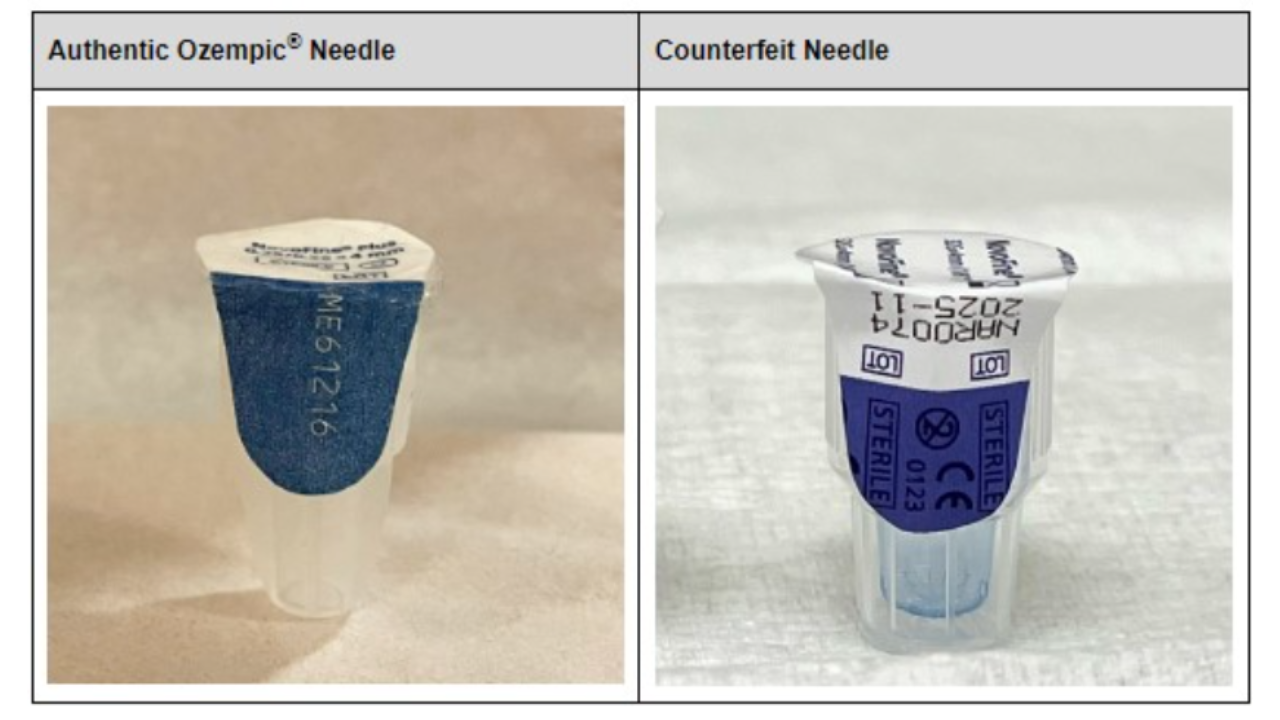
In Genuine Needle: The paper tab on the needle is imprinted with the needle lot number
In Counterfeit Needle: The paper on the needle is imprinted with the Ozempic product carton lot number
In Genuine Needle: The blue area on the paper tab only contains the lot number and no other text, while the inner needle cover is transparent
In Counterfeit Needle: The blue area on the paper tab has texts written on it and the inner needle cover has a blue transparent color
In Genuine Needle: The paper tab states NovoFine Plus
In Counterfeit Needle: The paper tab states NovoFine
‘Ozempic Vulva’: The Bizarre Side Effect Affecting Women’s Health
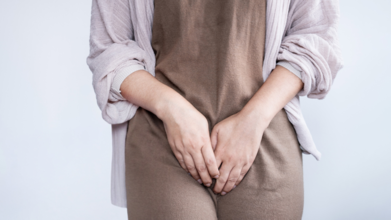
Credits: Canva
GLP-1 medications, including the popular brand Ozempic, have made headlines for their dramatic weight loss results. Initially created to treat type 2 diabetes, the medications were a favorite among those wanting to lose weight due to their ability to control hunger. Semaglutide, the active drug found in Ozempic, makes consumers full for extended periods, resulting in significant weight loss in the body. However, with increasing popularity comes an uptick in reports of unusual side effects—some of which are leaving women shocked and bewildered.
Among the most surprising and strange side effects making the rounds among users is what has been colloquially referred to as "Ozempic vulva." The condition involves a reduction of fat in the labia majora, a sagging appearance, pain during routine activities, and alteration of sexual anatomy aesthetics. Although sagging skin and loss of elasticity have long been linked to weight loss, particularly if it occurs rapidly, this particular side effect has only recently emerged.
A Reddit poster posted a first-hand account of experiencing the results for herself. Losing 44 pounds, she at first was jubilant about the outcome. "I've been extremely fortunate and I don't have any sagging skin in my belly or arms/legs that I can notice," she described. But the biggest shock was when she went for a gynecologist appointment. "Turns out I've lost all my fat pads in my vulva! She informed me my vulva is droopy and I will keep on having pain when cycling/sitting unless I undergo surgery or wear fillers," the user posted.
The Redditor also revealed that pelvic floor physical therapy was provided as a substitute for cosmetic intervention, although it would not fully reverse the deflation. Her case highlights the need to be aware of how sudden weight loss, especially from medications such as GLP-1s, can impact lesser-known parts of the body.
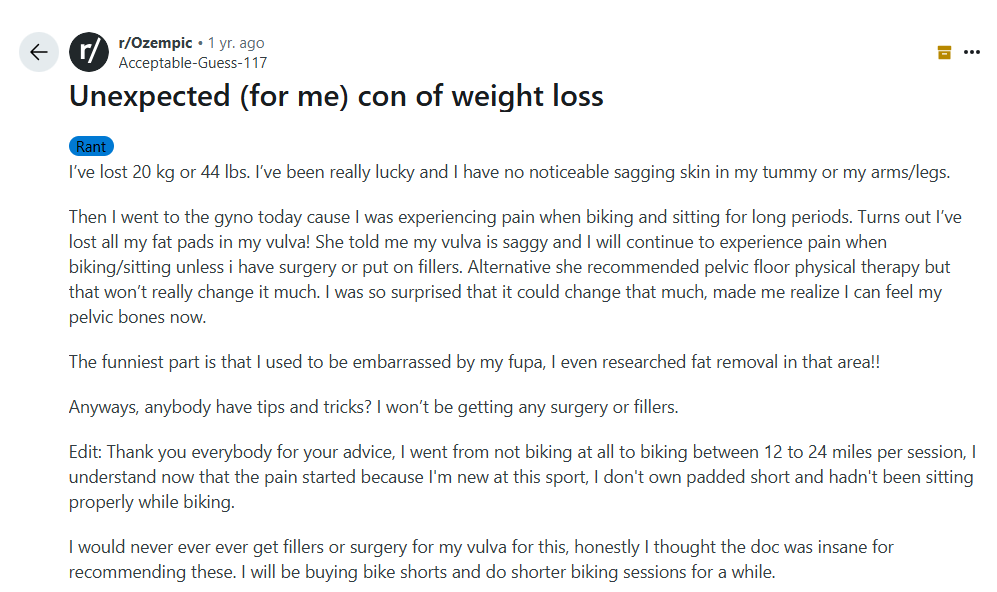
Medically, the vulva comprises external female genitalia, mostly the labia minora and labia majora, that act as cushioning protection. Fat loss in this region may cause a greater prominence of the pelvic bones, decrease in cushioning, and pain during exercises like cycling, running, or sitting for extended periods.
What is 'Ozempic Vulva'?
The vulva is the external female genitalia, especially the labia majora covering the inner structures. Redditors and users of internet forums have described decreased fat pads in this region after precipitous weight loss caused by GLP-1 medication. One Redditor summed up her experience thus: after losing 20 kg (44 pounds), she developed pain when she cycled or sat for long hours. A gynecologist described losing much of the natural padding around her vulva, leading to a sagging sensation and discomfort during exercise.
This trend, affectionately but aptly called "Ozempop vulva," highlights a singular and seldom-talked-about side effect of weight loss caused by medications. For most women, it's not just aesthetic; it impacts daily comfort, sex, and self-esteem.
Cosmetic treatments have evolved as a result of this trend. "Labia puffing" is an increasingly sought-after procedure for women who experience vulvar deflation. This treatment either involves the use of dermal fillers or fat transfer to add volume to the labia majora, evening out the texture and alleviating discomfort. Though effective, it is quite expensive, between $2,600 and $6,500 in America.
Healthcare professionals are urging caution. Novo Nordisk, the drug maker of Ozempic, reassured the public that patient safety is of utmost priority and assured that the medicines are to be used only for approved use in a medical setting. They also urge reporting side effects to healthcare professionals or regulatory bodies. "Treatment decisions should be made together with a healthcare provider who can evaluate the appropriateness of using a GLP-1 based on assessment of a patient's individual medical profile," said the company.
The larger context of extreme weight loss makes visible the far-reaching consequences GLP-1 drugs can have. Patients experience a range of side effects, from gastrointestinal distress to loose skin, facial fat redistribution, and effects on sexual anatomy and desire. While the physical changes are something to be admired, these effects are a reminder that extreme weight loss is not risk-free.
Incidentally, online discussions of "Ozempic vulva" have become widespread in private online forums and social media sites. Users freely exchange experiences, coping mechanisms, and aesthetic issues. Many recommend practical measures like padded bike shorts or briefer periods of exercise to alleviate discomfort. Others discuss surgical or nonsurgical treatments, although opinions are highly diverse on whether such a procedure would be desirable or required.
Medical professionals emphasize the need for integrated treatment. Sudden loss of weight must be watched over by medical professionals who can advise on likely risks to both general health and particular aspects such as the vulva. Preservation of muscle tone, padding, and elasticity of skin is essential to avoid long-term complications. For women suffering from discomfort, focused physical therapy, proper protective equipment during exercise, and well-informed consideration of cosmetic interventions may all be part of a successful management plan.
Finally, "Ozempic vulva" highlights an increasing trend on the intersection of weight-loss medication and women's health. While the drug has transformed weight control for millions of people, its unintended side effects serve as a reminder that there are risks associated with every medical intervention and that they need to be closely monitored. Education, research, and transparency with healthcare professionals are critical towards preventing such unintended outcomes.
As GLP-1 drugs become more mainstream, patients and providers alike need to be watchful. New side effects such as "Ozempic vulva" demonstrate the importance of full education on the entire range of possible changes wrought by sudden weight loss. Meanwhile, women dealing with these effects are complying with both medical advice and home remedies, being resilient in the face of an odd but increasingly prevalent health issue.
Why Your Anxiety Might Be in Your DNA: Study

Credits: Canva
Anxiety in your twenties is practically a rite of passage. Between job hunts, rent hikes, and figuring out how to cook good food, it is no wonder many young adults feel on edge. But according to a recent study published in Psychological Medicine, your worry levels might not just be about deadlines and landlords; they may also be written in your genes.
The Big Twin Reveal
The research comes from the Twins Early Development Study (TEDS), which has been tracking thousands of twins born in England and Wales since the mid-1990s. For this analysis, scientists zoomed in on over 6,400 twin pairs aged 23 to 26. By comparing identical twins (who share all their DNA) with fraternal twins (who share only half), researchers teased apart how much of persistent anxiety is genetic and how much comes from life’s curveballs.
About 60 per cent of the stability in anxiety across those years can be explained by genetics. That means if your anxiety keeps tagging along like a clingy flatmate, there is a good chance your DNA is to blame. But before you start cursing your ancestors, remember: genes set the stage, but your environment decides which play gets performed.
Anxiety’s Double Act
- Somatic distress—the jittery, tense, cannot-sit-still kind of anxiety.
- Worry-avoidance—the mental wheel of endless “what ifs” plus ducking situations that trigger them.
Even though these types look different, they share many of the same genetic roots. Interestingly, life experiences seemed to have more influence on whether someone leans toward restless fidgeting or relentless worrying.
Heritability Does Not Mean Destiny
A heritability estimate of 60 per cent does not mean you are doomed to be 60 per cent anxious. Instead, it means that across a population, 60 per cent of the differences in anxiety can be chalked up to genetic differences. The rest is life, including jobs, relationships, pandemics, or even just too much caffeine.
Speaking of pandemics, the study captured data during COVID-19, when average anxiety levels spiked. The researchers even spotted new genetic effects surfacing during the first wave, suggesting global stressors can pull fresh strings on our biological vulnerabilities. Apparently, your DNA and world events like to team up for surprise collabs.
Why This Matters
Rates of anxiety among young adults have shot up in recent years, making it a pressing public health concern. Yet most past research has focused on kids and teens, leaving the twenty-something years—arguably some of the most chaotic of all—less understood. This study fills in that gap by showing that while anxiety symptoms fluctuate in the short term, there’s a genetically shaped core that stays put.
That has big implications. For one, studies that only measure anxiety at a single point may underestimate the role of genetics, missing the stable undercurrent that persists over time. It also highlights why treatments should consider both the “nature” and “nurture” sides of the equation: biological predispositions and real-world stressors both matter.
In a nutshell, genetics play a role, but they are not the whole story. You might have been dealt some anxious genes, but lifestyle choices, coping strategies, and supportive environments can still change the plot.
© 2024 Bennett, Coleman & Company Limited




